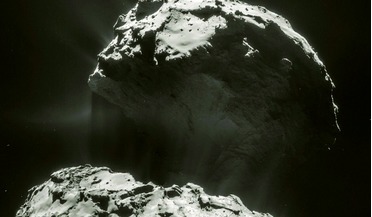 January 2020
Small body missions unveil interplanetary secrets
January 2020
Small body missions unveil interplanetary secrets
... such as ammonia. These observations suggest that it must have been formed much further out, so perhaps Ceres is a Kuiper belt object. Two missions currently under development will also address small body migration concepts. JAXA’s Martian Moons...
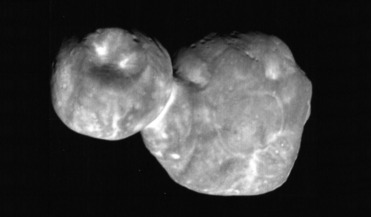 17 May 2019
First science results released on Ultima Thule
17 May 2019
First science results released on Ultima Thule
... primitive icy material thought to be the building blocks of planets. Ultima Thule is a typical example of a “cold classical” Kuiper Belt object (CCKBO), where cold in this instance does not refer to its surface temperature but instead describes the...
 February 2016
Nuclear Flashlamps in Space
February 2016
Nuclear Flashlamps in Space
... of Pluto. Pluto itself is the first known resident of the EKB but there are over a thousand Edgeworth- Kuiper Belt Objects (EKBOs) known by now. The Oort Cloud is a notionally spherical cloud of small bodies that orbit the Sun...
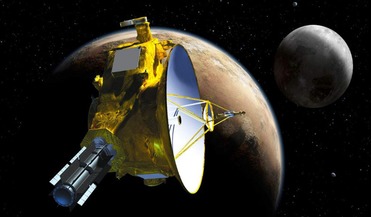 06 June 2018
New Horizons wakes up ready for next flyby
06 June 2018
New Horizons wakes up ready for next flyby
... by Pluto nearly three years ago, New Horizons was set forth on an extended mission to study the Kuiper belt environment by observing numerous Kuiper Belt Objects (KBOs) and Centaurs in unique ways. Its first target is KBO 486958 2014 MU69, an icy...
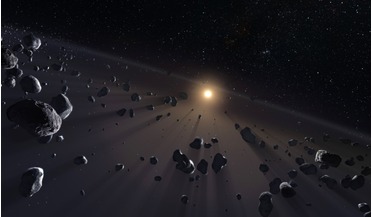 10 September 2021
Survey detects 461 Solar System objects not found before
10 September 2021
Survey detects 461 Solar System objects not found before
...term TNO is used interchangeably with KBO, which stands for Kuiper Belt Object; the only difference is their distance from the Sun. ...team have doubled the number of detections as initially 817 objects were observed in this latest study. However, as ...
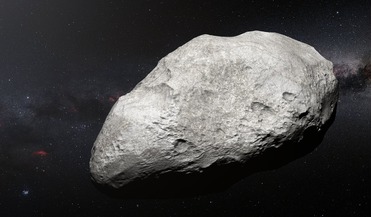 09 May 2018
First confirmed carbon-rich asteroid found in Kuiper Belt
09 May 2018
First confirmed carbon-rich asteroid found in Kuiper Belt
...and ferric oxides in the asteroids spectra – the specific pattern of wavelengths of light emanating from an object. Kuiper Belt Objects (KBOs) typically have uninteresting and featureless spectra that reveal little information about their composition...